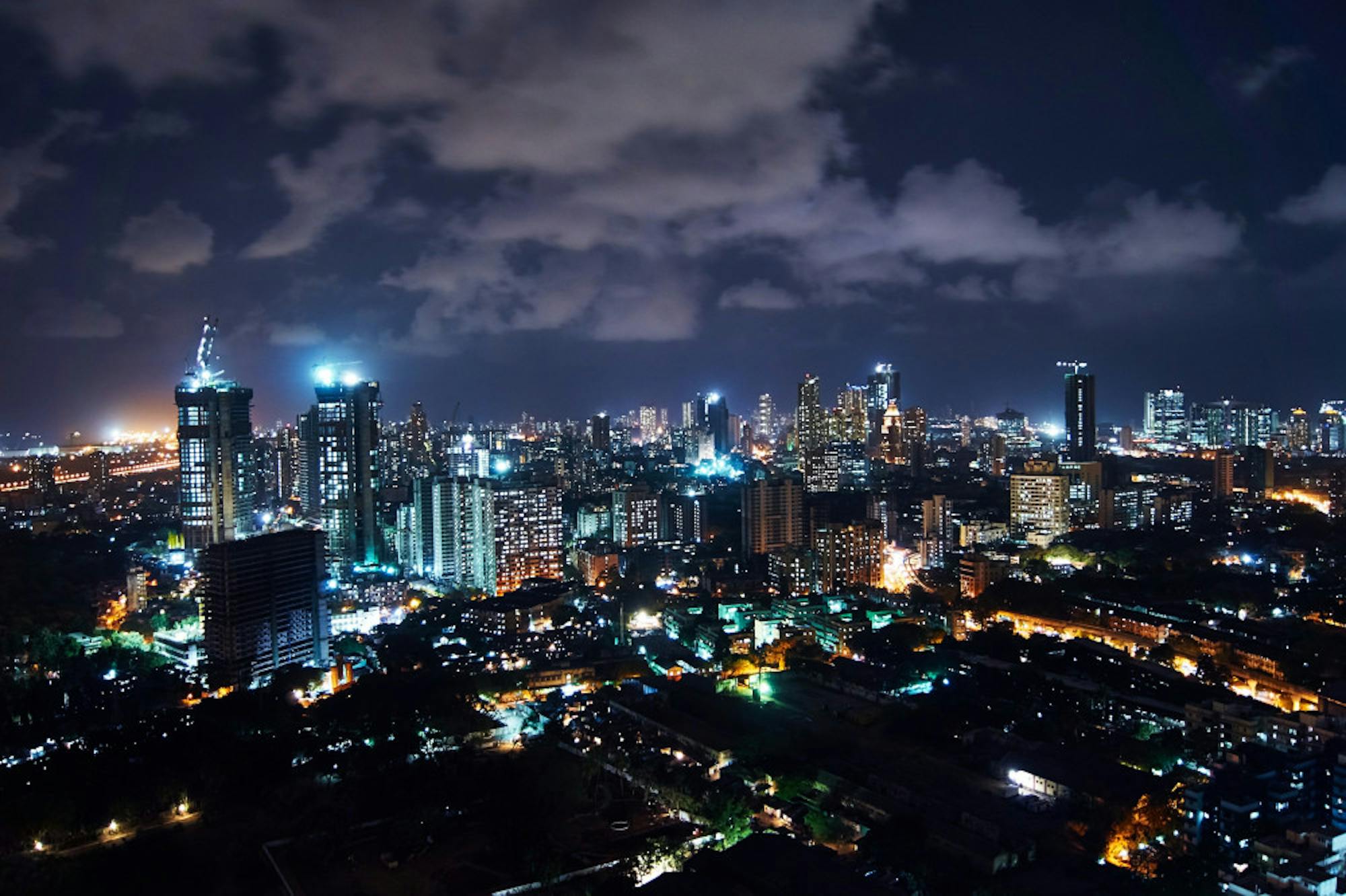As India’s economy remains resilient in spite of a challenging global environment, it has been called a “bright spot” against a global recession. The country’s large domestic market, young demographics, and relatively low levels of exposure to international markets are some of the reasons why it is partially insulated from global economic headwinds. However, the country’s cumbersome red tape and inadequate infrastructure are significant economic drawbacks.
One issue that cripples the Indian economy is the lack of structural reforms in the infrastructure sector, which creates a barrier to improving India’s global competitiveness. In the World Economic Forum’s assessment on global competitiveness for 2015–16, India is ranked at No. 55 out of about 140 countries.It lies behind Asian counterparts, including China, which is placed at 28th in the same metric.
An area where India’s failing infrastructure manifests itself most clearly is national power. India’s plant load factor, the ratio between the energy generated by the plant to the maximum possible energy that can be generated, has been failing. Additionally, state distribution companies need to significantly improve efficiency – India loses around 15-18% of energy through distribution, in comparison to the global average of 8%.
On the other hand, India’s urban planning and mobility needs rethinking. The growth in vehicle ownership has surpassed population growth in cities, and instead of adding to the already-complicated road system, the government can look to enhance public transportation to reduce congestion. The economic implications of congestion are wide ranging- In Mumbai, the traffic leads to travelers losing 100 rupees a day in wages and spending another 250 rupees on fuel. These costs hurt the city’s productivity as people will be hesitant to take a job with a longer commute, as it is unaffordable. As someone from Mumbai, I can vouch first-hand for the heavy traffic and poor road development in the city that leads to not only frustration, but deeper economic consequences.
Although India has come a long way since the days of the License Raj, red tape still chokes businesses. Even though India has moved 14 places up to 63rd in the World Bank’s ratings on the ease of doing business, companies have to comply with complex laws that diverge in different states. A midsize company in India has to deal with between 5,000 and 10,000 compliances each year, and it is estimated that firms have to deal with 1,984 rules and regulations, while also obtaining approvals under 122 central and state laws.
With an impressively growing middle class, India is perceived to be a large market for multinational companies, and foreign direct investment is increasing, but there are still restrictions that hinder growth. In addition to this, the Indian government seems wary of foreign companies. Google has been hit with a slew of antitrust measures, while members of the ruling party have advocated for ‘plastic nationalism’ that could hurt the businesses of Mastercard and Visa. Although Amazon has invested $6.5 billion into the nation, the Indian government recently launched an investigation into the company’s alleged violation of competition laws. The Indian government’s overall treatment of multinational companies reeks with cynicism, which could discourage foreign firms' potential investments into the country, scuttling future growth.
In today’s geopolitically wrangled world, India is in a unique position: It has close ties to the West, the Middle East and Russia. It has free trade agreements with the United Arab Emirates and most recently, Australia, while remaining in talks with the United Kingdom and European Union for similar agreements. In a world that seeks to isolate China, India needs to step up, persuading countries to shift their supply chains.
The Modi government’s push for greater free market reforms, such as the privatization of banks, overhauling of taxes and relaxing rules on foreign direct investment are steps in the right direction. In India’s recent budget, the government vowed to increase public expenditure on infrastructure by over 30%, addressing the needs for better connectivity. However, the implementation of this budget is another beast. India has rightly been labeled as an economic “bright spot” in a world reeling from recession, but massive reforms and development are still needed to make it a fully realized economic force.






